You have no items in your shopping cart.
0item(s)
You have no items in your shopping cart.
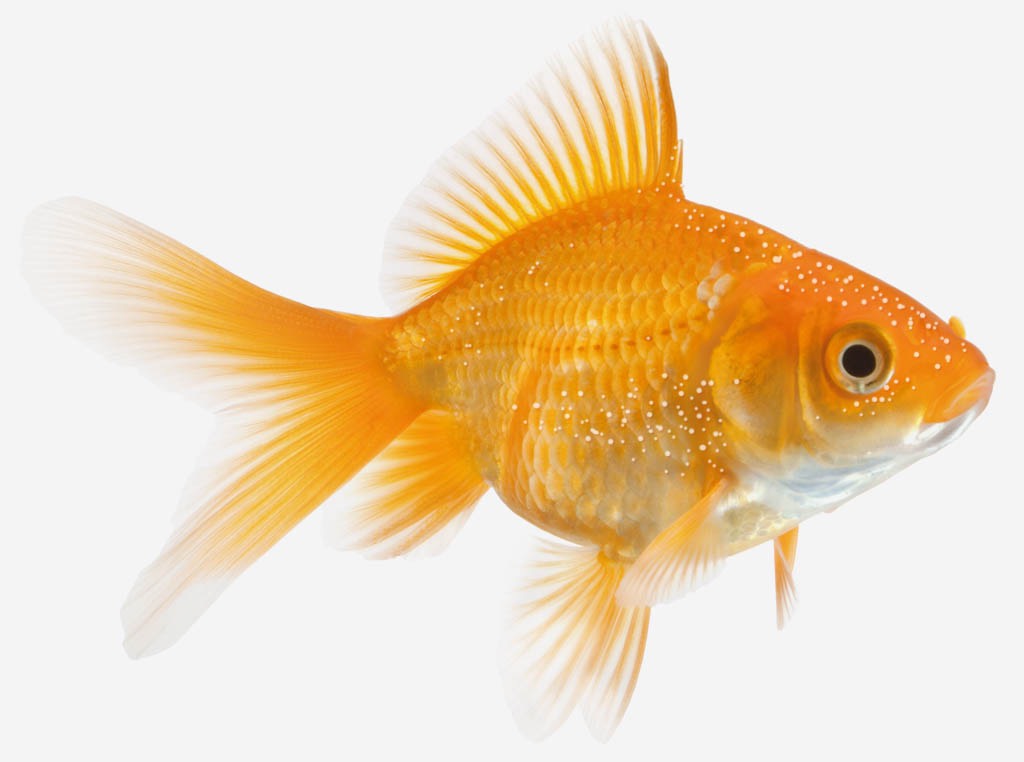
Looks like salt sprinkled on the fish’s body and fins. Usually accompanied by twitching, flashing, and other signs of stress and irritation. Several parasites are grouped under this name, but the symptoms are almost identical. Ich is among the most common infections of fish, and is entirely treatable with diligence and attention to water quality.
MetroPlex™ Blend: 14-21 days
It is very important with this parasite to continue dosing for the full treatment period. A break in the medication allows the parasite to multiply and reinfect the fish.
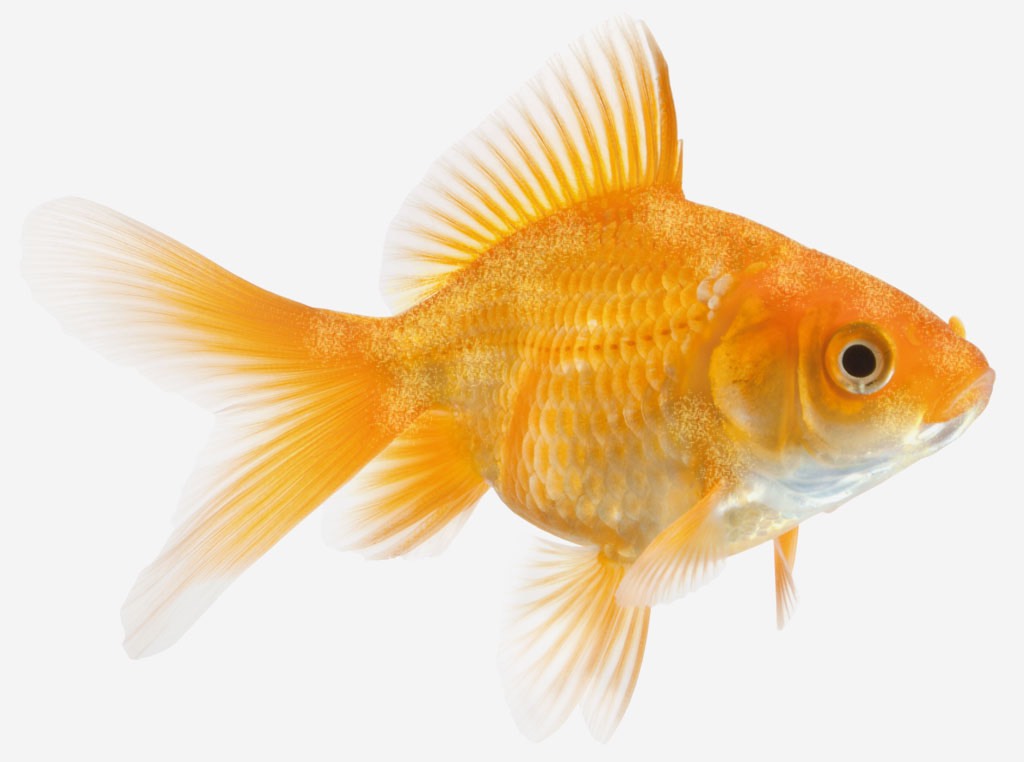
Similar to Ich, but smaller and grey-gold. Most often seen in saltwater, but can occur in freshwater as well. Velvet is less common than Ich, but the treatment is almost identical. We see it more often in saltwater than freshwater.
MetroPlex™ Blend: 14-21 days
Velvet is a photosynthetic parasite - it will help with treatment if you can turn off the lights while the fish are infected
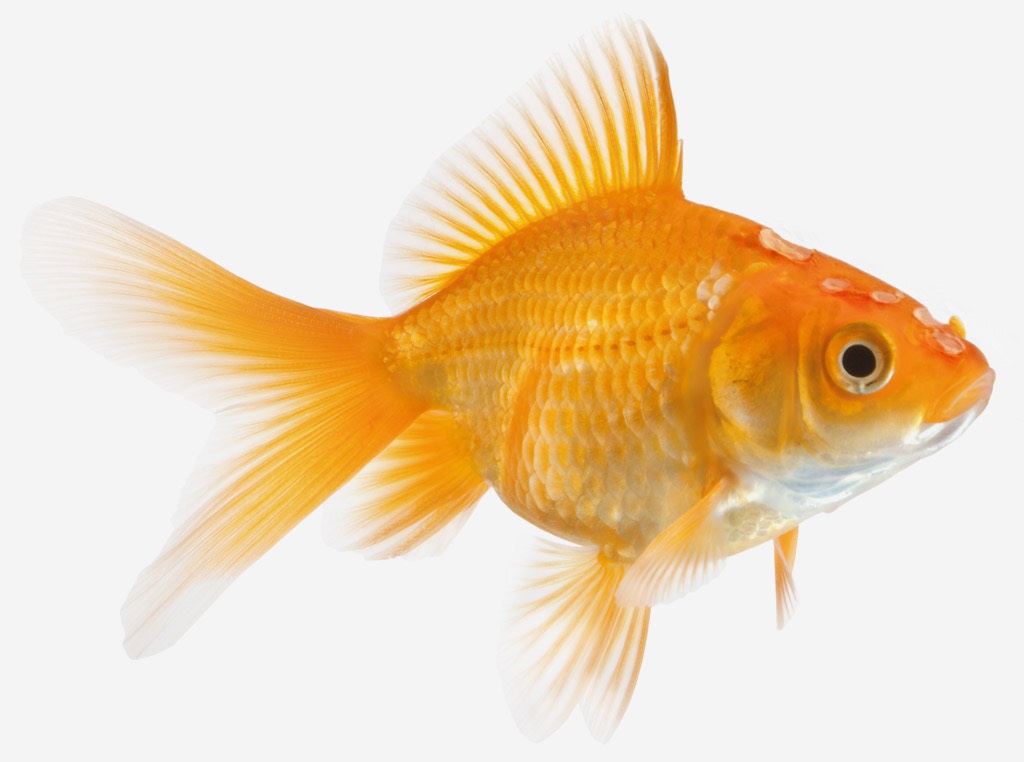
Symptoms include a loss of color, erosion or lesions on the face, head, and body, and stringy white feces. This condition is often caused by an internal parasite, but factors like poor diet, poor water quality, and lack of trace elements will all contribute to this issue.
MetroPlex™ Blend: 2 weeks
In freshwater this condition is called Hole in the Head. Research your fish’s preferred diet and water chemistry to ensure they are being properly duplicated in the aquarium. Consider using a nutrient soak for the food to provide essential vitamins and nutrients to the fish.
Popeye

Eyes protrude or appear to be "popping out" of the head. Popeye is caused by a buildup of fluid behind the eye and is often seen in conjunction with Dropsy.
KanaPlex™ Blend: 1 week

Reddish streaks in the fins near the body or under scales. Common in goldfish. Associated with overcrowding and stress, particularly in goldfish and koi. It can also be caused by a virus.
KanaPlex™ Blend: 1 week or SulfaPlex™ Blend: 3 weeks
This infection is strongly linked to crowding and poor water conditions. Make sure your fish have clean water and plenty of space.
Dropsy
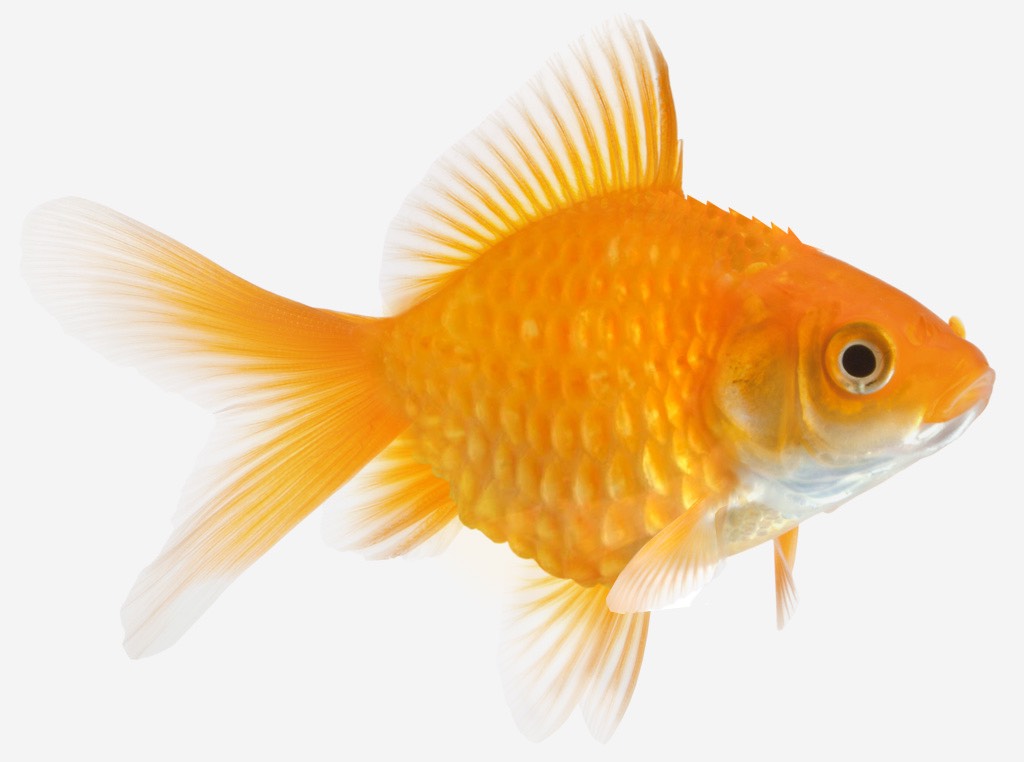
Symptom of internal damage
Fish appears bloated, scales stick out in a pinecone-like manner. Dropsy is a result of damage to the liver, causing fluid to build up in the fish. It often starts as bloat and progresses to Dropsy over time.
KanaPlex™ Blend: 1 week
Dropsy is a sign of severe internal damage, not a symptom of a specific disease. It is treatable with KanaPlex if caught early, but sometimes the damage is too severe to respond to medications. The best defense is to catch internal infections early, before they progress to this stage.
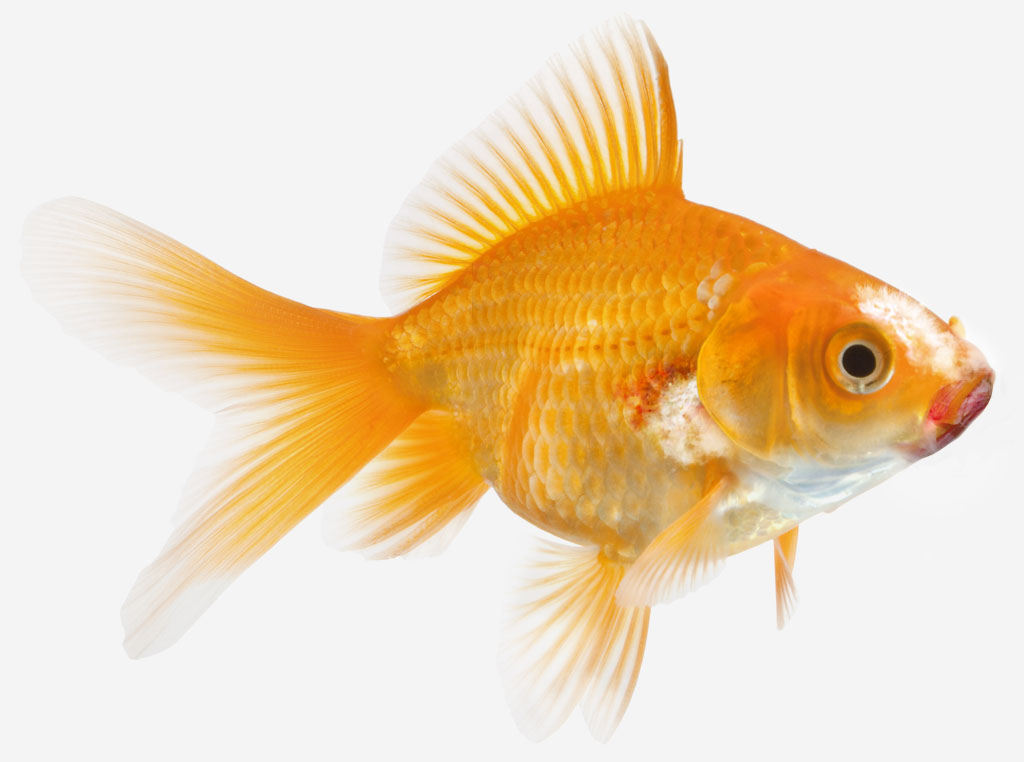
Damaged fins, ulcers and yellowish patches on gills, tissue on head and mouth eaten away. This infection appears gruesome, but is entirely treatable. It is common to see fungus-like tufts around the face and mouth in addition to deterioration of tissue. It is essential to catch this disease early to prevent long-term damage.
KanaPlex™ Blend: 1 week
Columnaris is very contagious. If possible, remove the infected fish to treat separately in a hospital tank.

Eye appears clouded or filmed over. Cloudy Eye is a bacterial infection on the surface of the eye. It is common in tanks that are overcrowded or full of aggressive fish.
KanaPlex™ Blend: 1 week
Information Source:
http://www.seachem.com/focus.php
https://www.tankarium.com/

Looks like salt sprinkled on the fish’s body and fins. Usually accompanied by twitching, flashing, and other signs of stress and irritation. Several parasites are grouped under this name, but the symptoms are almost identical. Ich is among the most common infections of fish, and is entirely treatable with diligence and attention to water quality.
MetroPlex™ Blend: 14-21 days
It is very important with this parasite to continue dosing for the full treatment period. A break in the medication allows the parasite to multiply and reinfect the fish.

Similar to Ich, but smaller and grey-gold. Most often seen in saltwater, but can occur in freshwater as well. Velvet is less common than Ich, but the treatment is almost identical. We see it more often in saltwater than freshwater.
MetroPlex™ Blend: 14-21 days
Velvet is a photosynthetic parasite - it will help with treatment if you can turn off the lights while the fish are infected

Symptoms include a loss of color, erosion or lesions on the face, head, and body, and stringy white feces. This condition is often caused by an internal parasite, but factors like poor diet, poor water quality, and lack of trace elements will all contribute to this issue.
MetroPlex™ Blend: 2 weeks
In freshwater this condition is called Hole in the Head. Research your fish’s preferred diet and water chemistry to ensure they are being properly duplicated in the aquarium. Consider using a nutrient soak for the food to provide essential vitamins and nutrients to the fish.
Popeye

Eyes protrude or appear to be "popping out" of the head. Popeye is caused by a buildup of fluid behind the eye and is often seen in conjunction with Dropsy.
KanaPlex™ Blend: 1 week

Reddish streaks in the fins near the body or under scales. Common in goldfish. Associated with overcrowding and stress, particularly in goldfish and koi. It can also be caused by a virus.
KanaPlex™ Blend: 1 week or SulfaPlex™ Blend: 3 weeks
This infection is strongly linked to crowding and poor water conditions. Make sure your fish have clean water and plenty of space.
Dropsy

Symptom of internal damage
Fish appears bloated, scales stick out in a pinecone-like manner. Dropsy is a result of damage to the liver, causing fluid to build up in the fish. It often starts as bloat and progresses to Dropsy over time.
KanaPlex™ Blend: 1 week
Dropsy is a sign of severe internal damage, not a symptom of a specific disease. It is treatable with KanaPlex if caught early, but sometimes the damage is too severe to respond to medications. The best defense is to catch internal infections early, before they progress to this stage.

Damaged fins, ulcers and yellowish patches on gills, tissue on head and mouth eaten away. This infection appears gruesome, but is entirely treatable. It is common to see fungus-like tufts around the face and mouth in addition to deterioration of tissue. It is essential to catch this disease early to prevent long-term damage.
KanaPlex™ Blend: 1 week
Columnaris is very contagious. If possible, remove the infected fish to treat separately in a hospital tank.

Eye appears clouded or filmed over. Cloudy Eye is a bacterial infection on the surface of the eye. It is common in tanks that are overcrowded or full of aggressive fish.
KanaPlex™ Blend: 1 week
Information Source:
http://www.seachem.com/focus.php
https://www.tankarium.com/